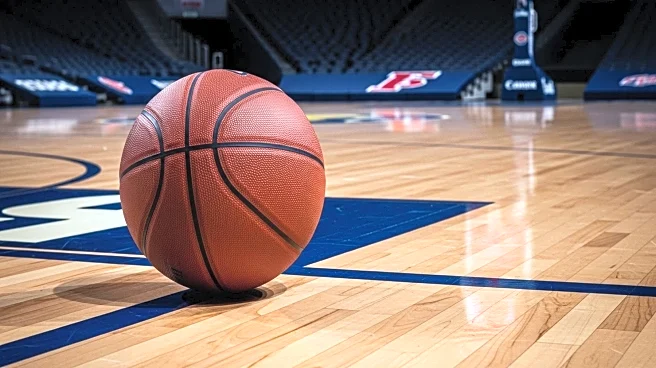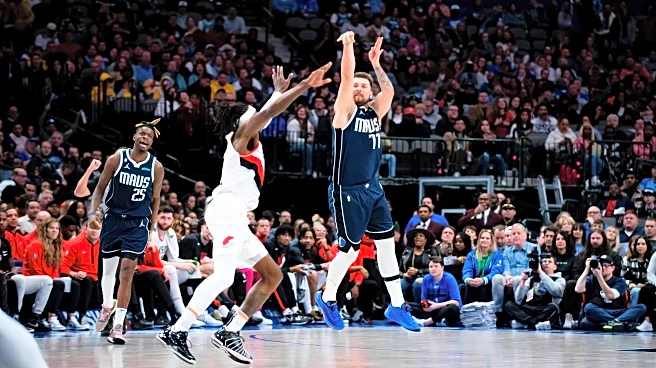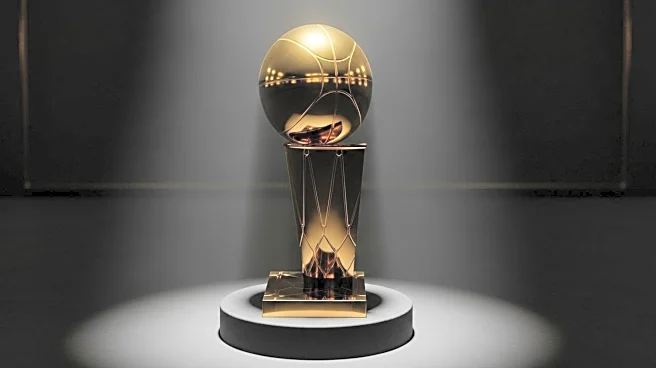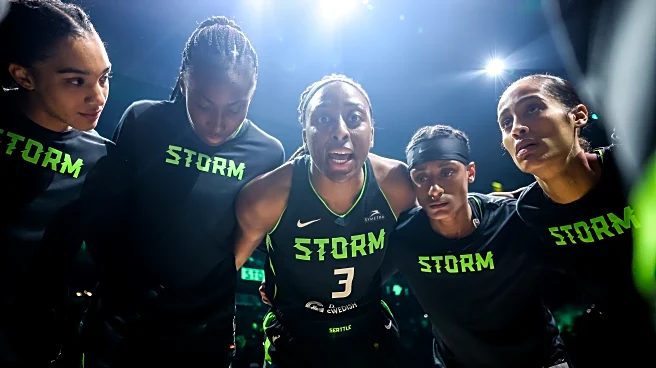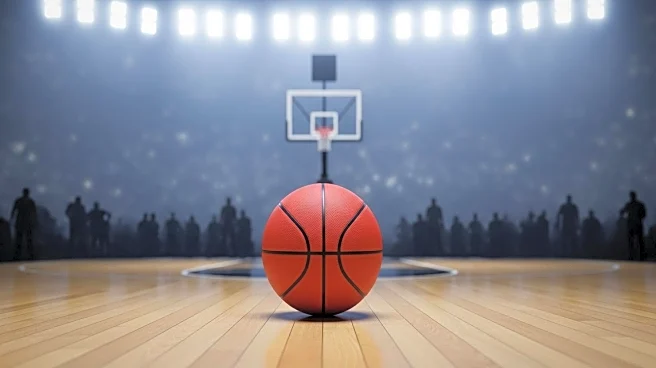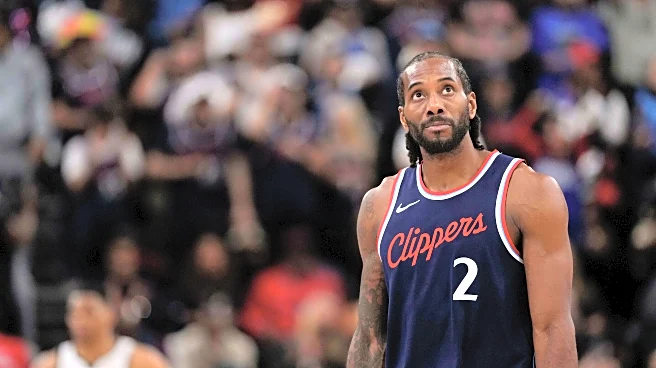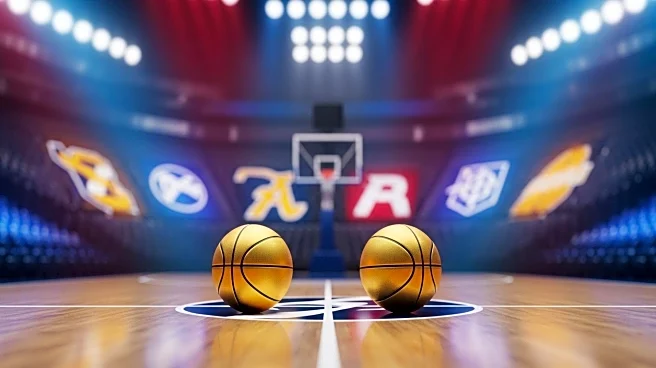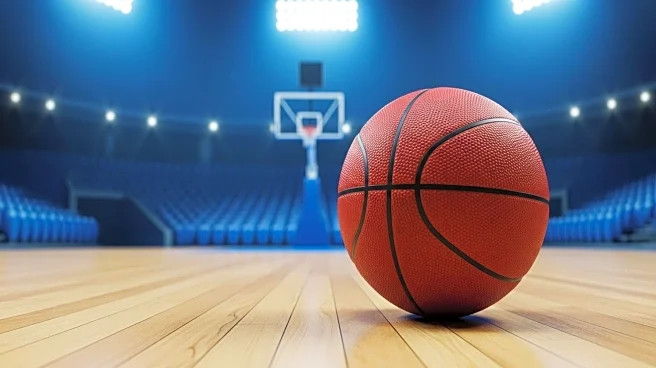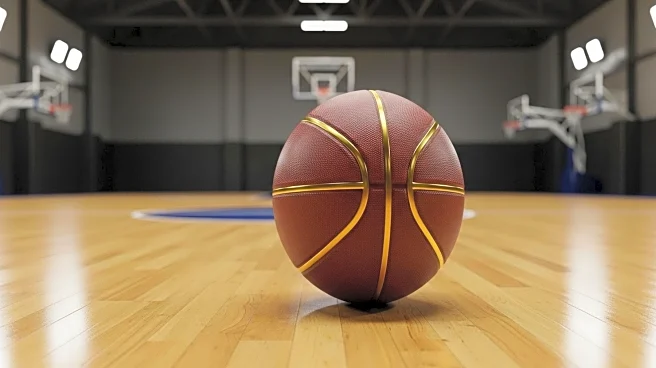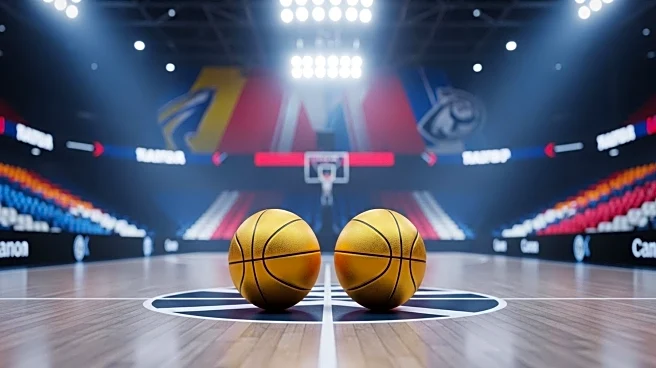What's Happening?
The NBA has introduced a new 'heave rule' that allows players to attempt deep shots at the end of quarters without negatively impacting their personal shooting percentages. This change was approved during the league's board of governors meeting and is aimed at encouraging players to take more long-distance shots in hopes of scoring. The rule specifies that any shot taken within the final three seconds of the first three quarters from at least 36 feet away will be recorded as a team shot attempt, rather than an individual one. This adjustment follows trials conducted during the Summer League in Las Vegas and other smaller leagues in Utah and California.
Why It's Important?
The implementation of the 'heave rule' is significant as it may alter player strategies and game dynamics, particularly in close matches where every point counts. By removing the penalty on individual shooting percentages, players might be more inclined to attempt these high-risk, high-reward shots, potentially leading to more exciting finishes. This change could also impact team statistics and strategies, as coaches might encourage players to take advantage of this rule to gain an edge in scoring. The rule could influence how players like Stephen Curry and Nikola Jokic, known for their shooting prowess, approach end-of-quarter situations.
What's Next?
As the NBA season progresses, teams and players will likely adapt to this new rule, experimenting with different strategies to maximize its benefits. Coaches may develop specific plays designed to capitalize on the opportunity for additional scoring without affecting individual stats. The league will monitor the impact of this rule on game outcomes and player behavior, potentially making further adjustments based on feedback and statistical analysis.
Beyond the Headlines
The 'heave rule' may also have implications for player psychology and the perception of shooting accuracy. By separating team and individual shot attempts, the rule could reduce the stigma associated with missing long-distance shots, encouraging players to take more risks. This could lead to a cultural shift in how players approach shooting and game strategy, emphasizing team success over individual statistics.
